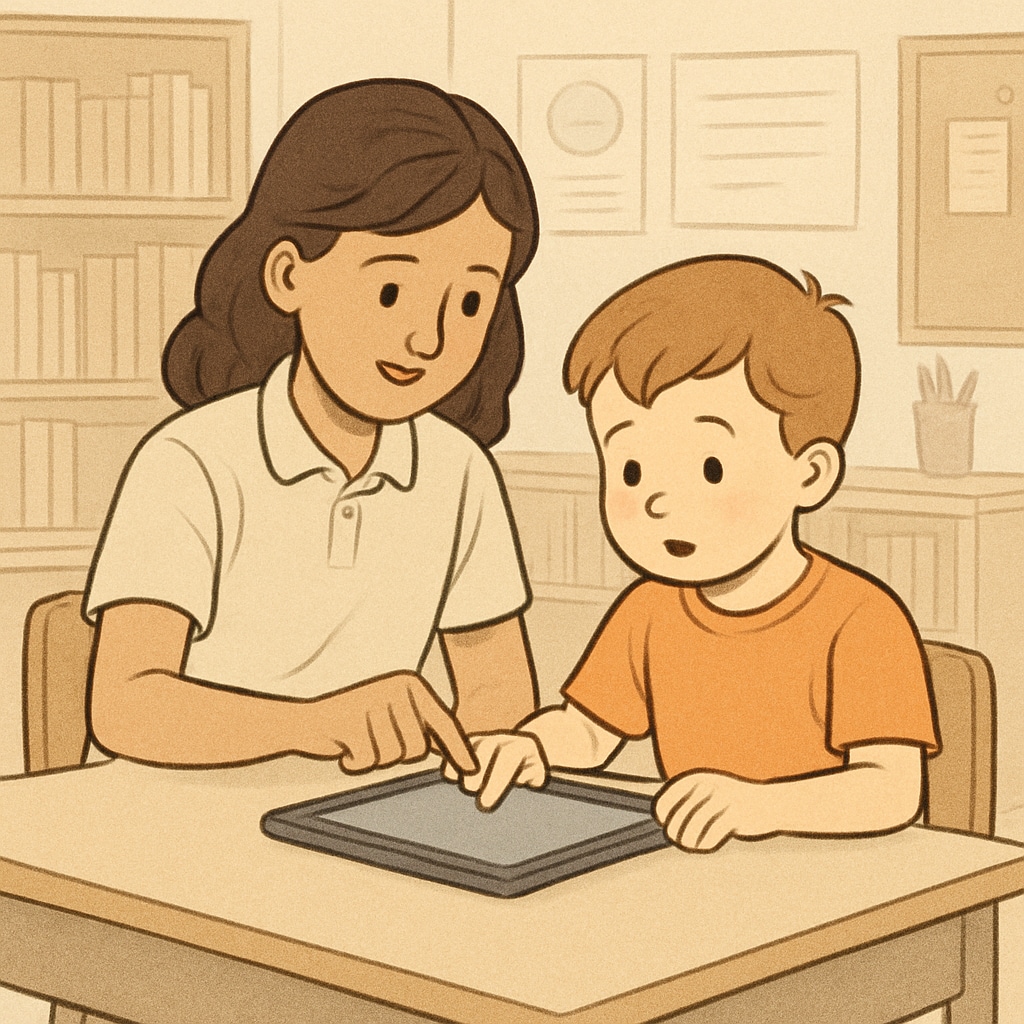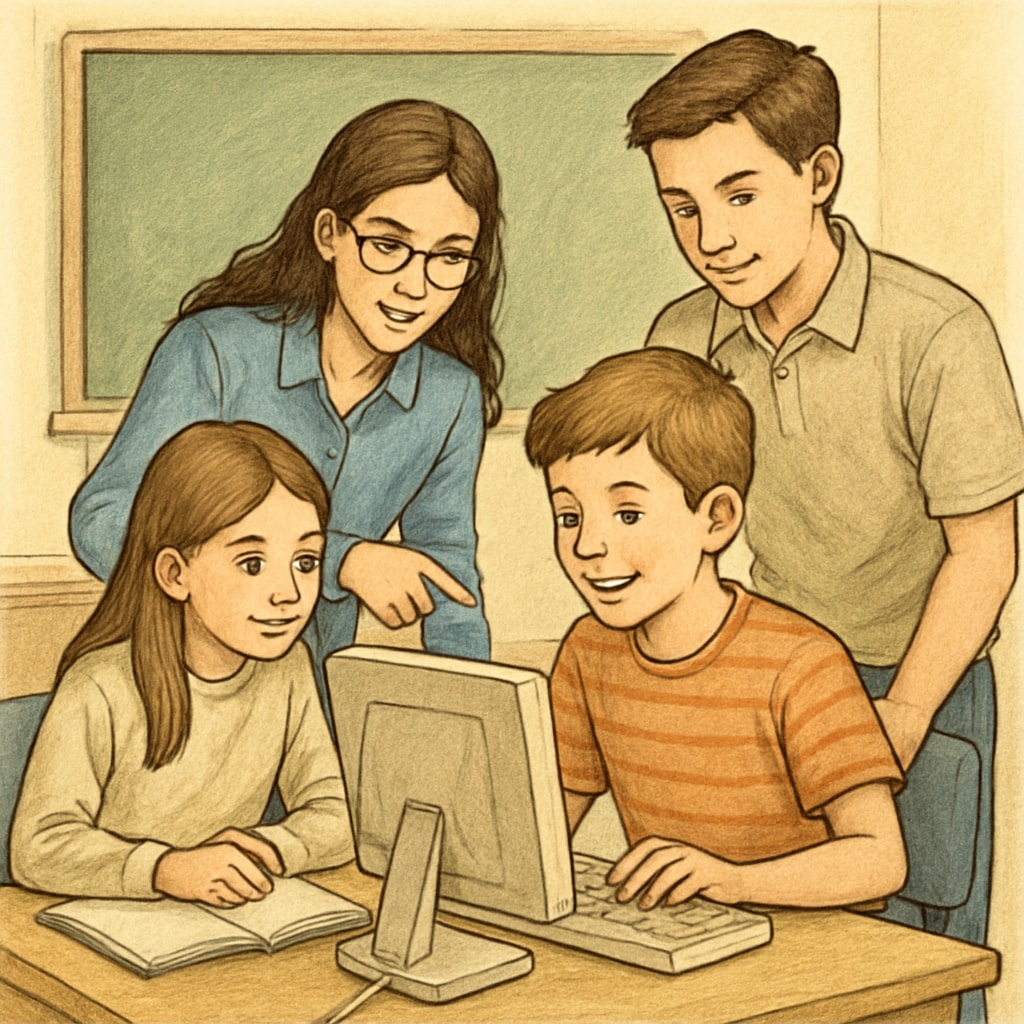Creating a successful kindergarten buddy program, where fourth-grade students engage in computer activities with younger children, provides a unique opportunity to bridge age groups while fostering essential skills. These activities not only accommodate varying literacy levels but also cultivate teamwork, digital literacy, and social interaction in a structured yet flexible environment. This article introduces creative ideas to design such programs and highlights their benefits for both age groups.
Why Cross-Age Digital Learning Matters
Cross-age collaboration offers numerous benefits. Fourth graders gain leadership experience and empathy, while kindergarteners are introduced to technology in a supportive environment. These programs are particularly impactful as they help young learners transition into digital literacy without overwhelming them. For example, pairing older students with younger ones allows the latter to feel more comfortable exploring new concepts, as they can ask questions freely and receive direct guidance.

Creative Computer Activities for Kindergarten Buddy Programs
To design effective activities, it’s essential to consider the differing literacy skills between fourth graders and kindergarteners. Here are some engaging ideas:
- Interactive Storytelling: Fourth graders can use simple storytelling apps to create digital stories, which they then read aloud or explore interactively with their kindergarten buddies.
- Educational Games: Pair students to play age-appropriate educational games that improve literacy or math skills. Fourth graders can guide their buddies through basic problem-solving tasks.
- Drawing and Design Tools: Introduce young learners to drawing apps where they can create art together. Fourth graders can help kindergarteners learn basic software functions, such as choosing colors or inserting shapes.
- Typing Practice: Fourth graders can assist kindergarteners with beginner typing exercises, using fun and simple games to teach them how to recognize letters and navigate keyboards.
- Video Creation Projects: Encourage pairs to create short videos using easy-to-use editing software. Fourth graders can act as directors while kindergarteners contribute ideas or perform simple tasks.

Implementing a Successful Program
To ensure the program runs smoothly, educators should plan activities that are age-appropriate and engaging. Here are some implementation tips:
- Prepare the Environment: Set up workstations with devices such as tablets or laptops. Make sure each pair has sufficient space to work comfortably.
- Provide Training: Offer fourth-grade students a brief training session on how to interact with younger children, focusing on patience and clear communication.
- Monitor Progress: Assign educators to oversee activities and provide assistance as needed. This ensures that all participants remain engaged and on track.
- Celebrate Achievements: End the program with a showcase event where pairs can display their projects, such as digital drawings or videos, to the rest of the class or parents.
Benefits of Digital Buddy Programs
These initiatives have long-term benefits for both age groups. Kindergarteners gain confidence in using technology and improve foundational skills, while fourth graders develop mentoring abilities and a sense of responsibility. Furthermore, these programs foster a collaborative atmosphere that strengthens school communities. According to Britannica’s overview on peer learning, such interactions enhance social and cognitive development for all participants.
In addition, introducing technology early in education prepares children for future academic challenges. By learning through guided exploration, kindergarteners develop curiosity and adaptability, which are crucial for their overall growth. For fourth graders, the experience of mentoring builds leadership qualities that benefit their personal and academic lives.
In conclusion, cross-age digital learning programs are a valuable addition to modern education. By implementing structured yet flexible activities, educators can create enriching experiences that benefit both kindergarteners and fourth graders. If you’re seeking innovative ways to enhance collaboration, consider developing a kindergarten buddy program that incorporates computer activities to inspire learning and connection.


